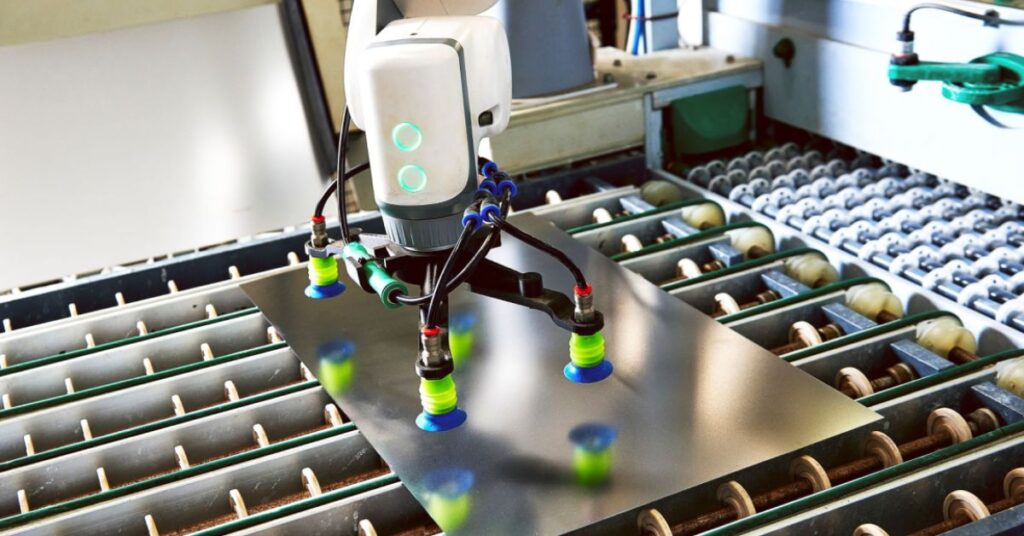Rough edges, uneven cuts, and material waste are the common challenges metallurgists face when using traditional etching methods. The old process takes time and needs heavy tools. For precision-demanding industries, the old method affects their project scalability. Furthermore, your final results do not show the same pattern as you expected.
This is the main reason many process metallurgists adopt the photo etching process. This advanced etching removes these problems with a faster and far more accurate approach. The end results are smooth and free from flaws.
Read the article to explore the photo etching process with detailed steps, what makes it better than old methods, and its practical applications. Make sure to close the other tabs to avoid distractions.
What is the Photo Etching Process?
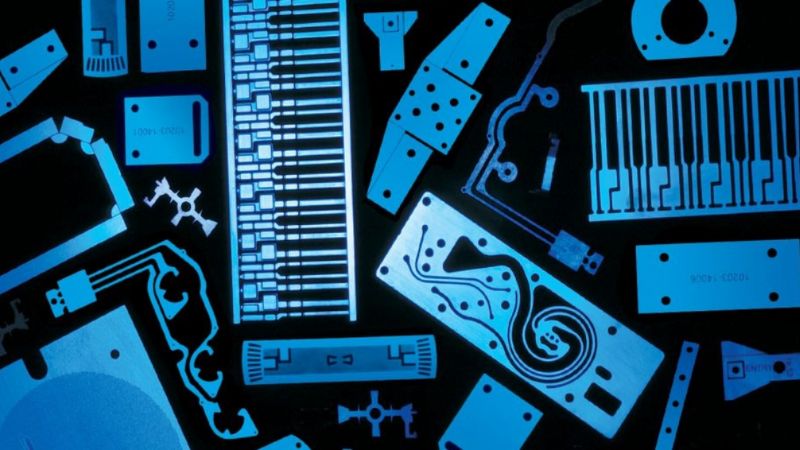
Basically, the photo etching is a precise metal fabrication method. It uses light and controlled chemistry to form detailed patterns on thin metal sheets. Its working principle is based on selective protection.
In this process, you have to choose only areas of the metal that are exposed to a chemical reaction. So, it allows exact shapes to form without cutting or heating.
This keeps the metal’s structure and strength fully intact. The end goal of photo etching is to create clean metal parts. The end goal is to meet high standards of precision for industries.
How Does the Photo Etching Work in 2025?
The photo etching process is done with care and precision. You have to follow certain rules and regulations. So, each metal part matches the design perfectly. Here is the step-by-step guide that helps you complete your process with great precision.
Step 1 – Applying the Photoresist
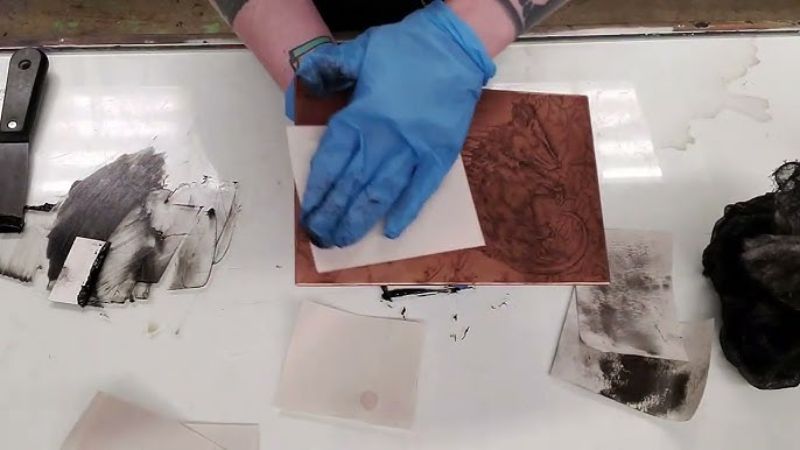
The etching process starts with a clean sheet of metal. You have to remove any dust, oil, and dirt. So, the surface must be perfectly smooth. A thin coating called photoresist is applied to both sides of the sheet. This material reacts to light and protects certain areas of the metal. The coating must be even. So the layer is spread carefully. Once applied, the coated metal is dried and prepared for imaging.
Step 2 – UV Exposure and Imaging
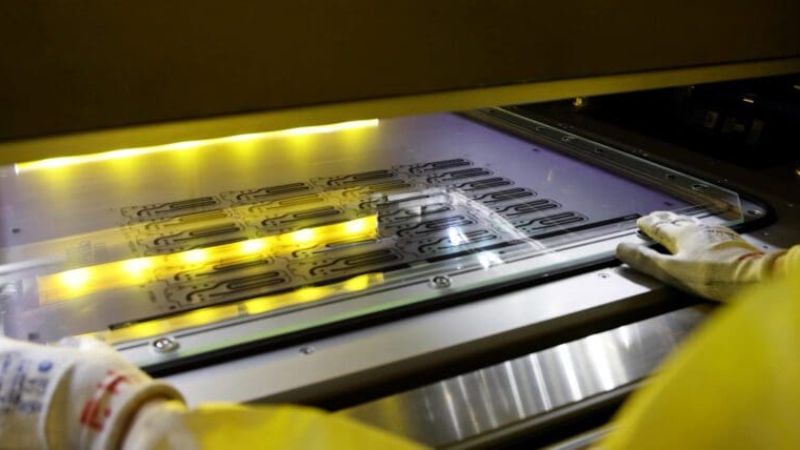
You have to expose your metal sheet to UV. A transparent film with the design is placed over the coated metal. Then, ultraviolet (UV) light shines through it. The light hardens the photoresist on your sheet.
So, it’s locking in the design pattern. The areas blocked by the mask stay soft. After exposure, the sheet is washed with a developer solution. It removes the soft parts and exposes the bare metal below.
Step 3 – Etching the Metal with Chemistry
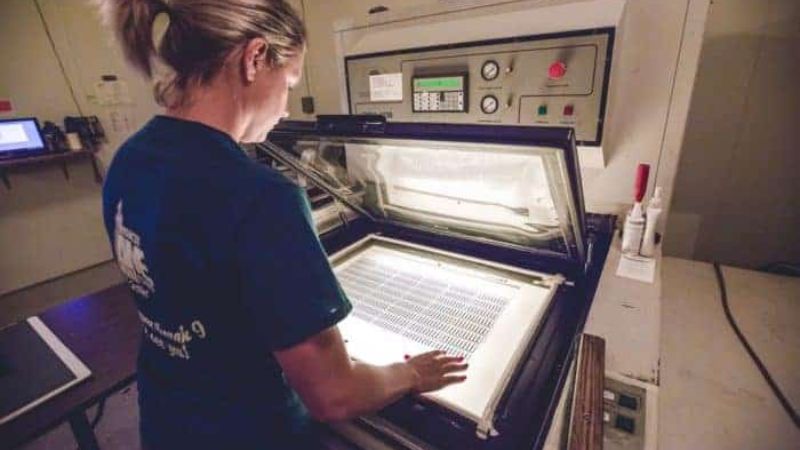
The next step is where the metal is actually shaped. The sheet goes into an etching chamber. In this chamber, the controlled chemical spray removes the exposed metal. In 2025, most systems will use ferric chloride for clean results.
The etching machine sprays the solution evenly on both sides. It removes only the unprotected areas. You have to monitor the time, temperature, and flow rate closely. The end result is the sharp lines that match the original design exactly.
Step 4 – Stripping and Finishing
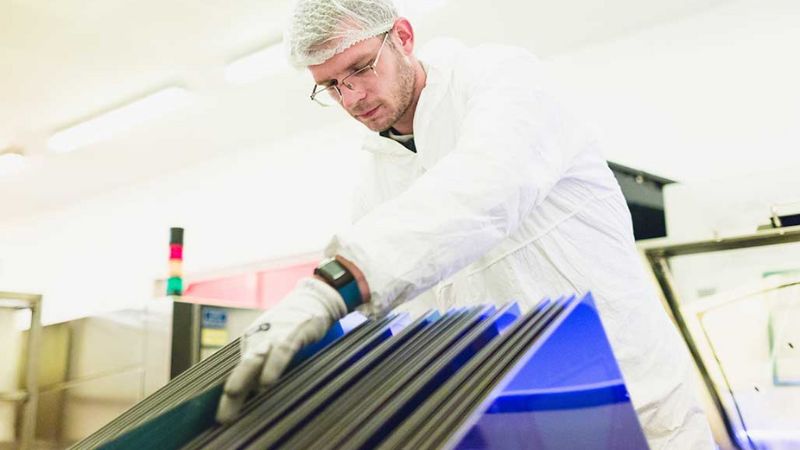
When the etching has been completed, strip off the chemical. Rinse the sheet with clean water and dry it. Once your sheet is dry, you have to carefully check it under magnification for any defects. In the case of any defect, repeat the process to ensure accuracy.
Why Choose Photo Etching Over Other Fabrication Methods?
The aerospace and medical industries prefer photo etching to other methods. The clear, detailed, and accurate results of photo etching are the main reason behind this selection. Let’s take a detailed comparison of photo etching with the laser and milling methods.
Photo Etching vs. Chemical Milling
The photo etching and chemical milling use the chemical process. However, their results’ precision and purpose are quite different. Photo etching is more about detail and design control. On the other hand, chemical milling is better for larger areas or thickness reduction.
| Features | Photo Etching | Chemical Milling |
| Precision | Its very high and great for small parts | Moderate, used for removing larger areas |
| Material Stress | None, keeps the surface smooth and even | Slight stress due to longer exposure |
| Design Detail | Excellent for fine lines and holes | Limited to broader patterns |
Photo Etching vs. Laser Cutting
In laser cutting, you basically use heat to make a pattern on a sheet. However, the photo etching uses light and chemistry. Both create detailed metal parts, but their methods affect the result. Below is a clear comparison between the two.
| Feature | Photo Etching | Laser Cutting |
| Cutting Method | Light and chemical reaction | Focused laser heat |
| Edge Quality | Smooth, no burrs or burns | May leave small heat marks |
| Material Stress | None | Some, due to high temperature |
Applications of Photo Etching in Manufacturing
The application of photo etching is beyond metal shaping and creates designs with precision. Many industries use this process to make different components. These components are designed to improve your engine’s working efficiency. Here are the detailed insights on how photo etching shapes different fields.
Aerospace & Defense
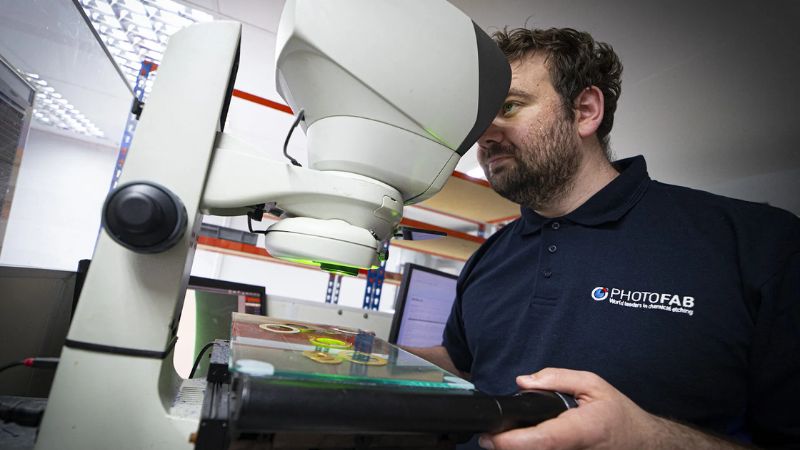
In aerospace and defense, photo etching is used to make lightweight components. It includes turbine filters, fuel injector screens, waveguides, electrical contacts, and precision shims. These parts must meet tight tolerances and stay reliable under extreme conditions. The photo etching ensures every edge is smooth and exact. It also enables the replacement of components in aircraft and defense systems.
Medical Devices
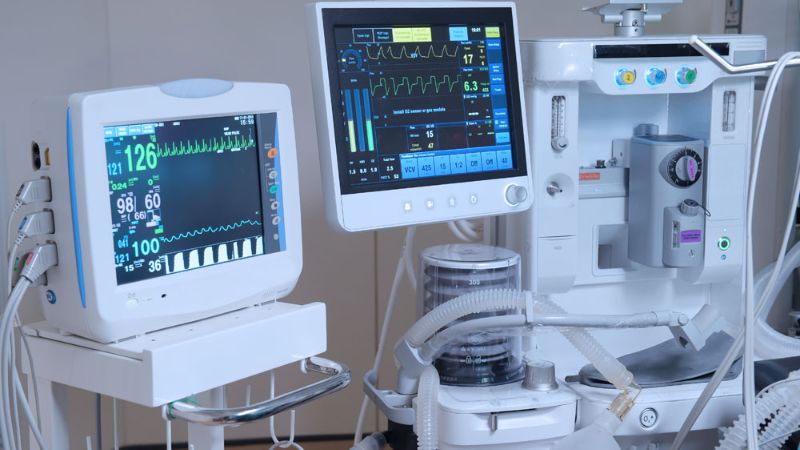
In the medical field, photo etching helps create accurate parts. Engineers can make implants, surgical, and diagnostic tools. It includes surgical blades, stents, implant meshes, and micro-springs. These parts require perfect smoothness and are free. So, it is designed to ensure safety and comfort. Medical device makers depend on etched parts for reliable performance in critical applications.
Electronics & Semiconductors

Mostly, the electronics and semiconductors also use photo etching to make fine, detailed parts. You can make lead frames, EMI shields, connectors, and micro grids. These parts manage heat and support circuit paths in small devices. Because photo etching can produce ultra-fine patterns, it’s used in smartphones, sensors, and semiconductor chips.
Automotive & Energy
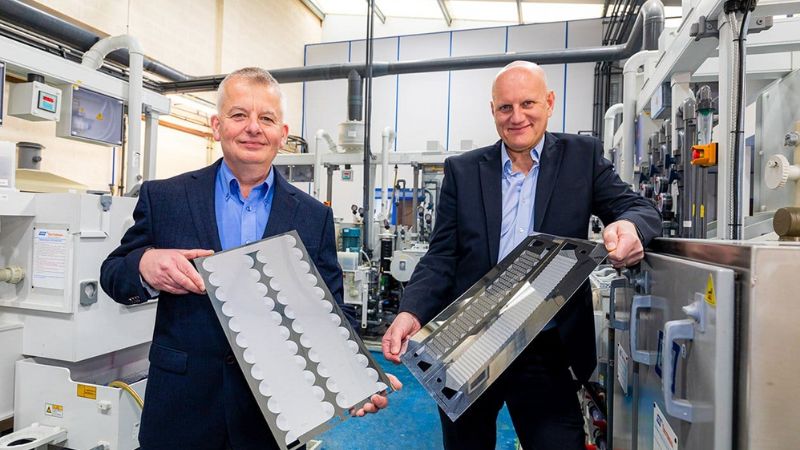
The automotive and energy industries adopt photo etching to enhance component strength. It’s used to make injector filters, battery connectors, heat shields, and motor spacers. These parts face high pressure, heat, and vibration. The stress-free edges from photo etching prevent cracks. It ensures the exact tolerances and repeatable results.
How to Get Started With Photo Etching?
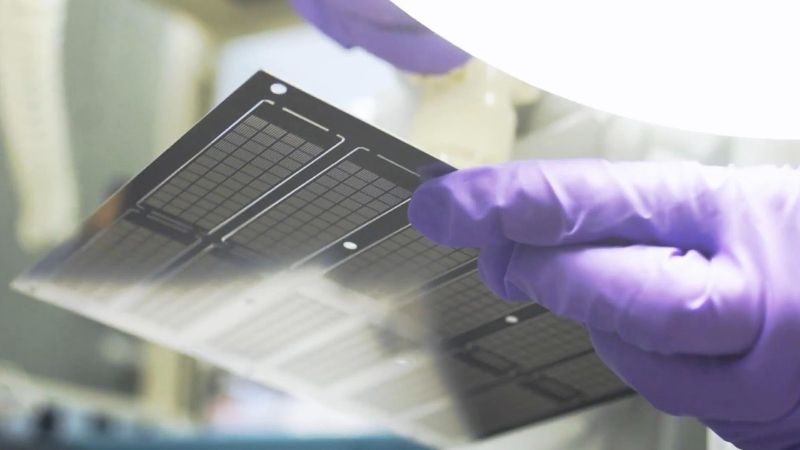
To start your photo etching project, you have to analyze your project requirements and your results expectations. When you analyze your project details, the next step is to select your supplier. You have to choose the manufacturer that uses high-quality material and meets the industrial standards.
Make sure the supplier has positive reviews on previous similar projects.
TMNetch is your trusted partner that delivers your etching project without compromising quality. Their engineers are trained and use optimal tolerance to ensure metal geometry. They offer photoetching, custom laser cutting, metal engraving, and metal mesh filter services.
Mostly, they deliver their services in electronic, medical, aerospace, automotive, and industrial automation. The TMNetch project delivers speed, precision, and high detail, making it unique from other suppliers. For quality printed builders, TMNetch is a reliable partner that provides cost-effective etching solutions.
Frequently Asked Questions
What chemicals are used in photo etching?
In photo etching, you can use different types of chemicals that are compatible with your process needs. Mostly, the engineers use ferric chloride to achieve the precise results. You can also use ferric nitrate as a chemical etchant.
What is the purpose of etching?
The basic purpose of etching is to create complex shapes and designs on metal sheets. You can also create a pattern on jewelry. Mostly, the artist uses this process to make intricate designs for aesthetic purposes.
What tools do you need for etching?
For chemical etching, you have certain tools in your kit. The general tools include needles, burnishes, scarpers, a printing press, and etching ink. Furthermore, you also gather safety items like gloves and goggles to avoid any injuries.
Final Thoughts
To sum up, the photo etching process is all about creating complex designs on metal sheets. This process works on the principle of selective and controlled reaction. Engineers select certain parts that need to be etched. So, they cover the remaining part with a protective coating to avoid any mishap.
Furthermore, the end goal of this process is to avoid a burr on the metal surface. You can use this process to make different components in the aerospace and medical industries. Mostly, the industry uses this process to upscale their project and progress. To avail these benefits, you have to select the right manufacturer for your project.

